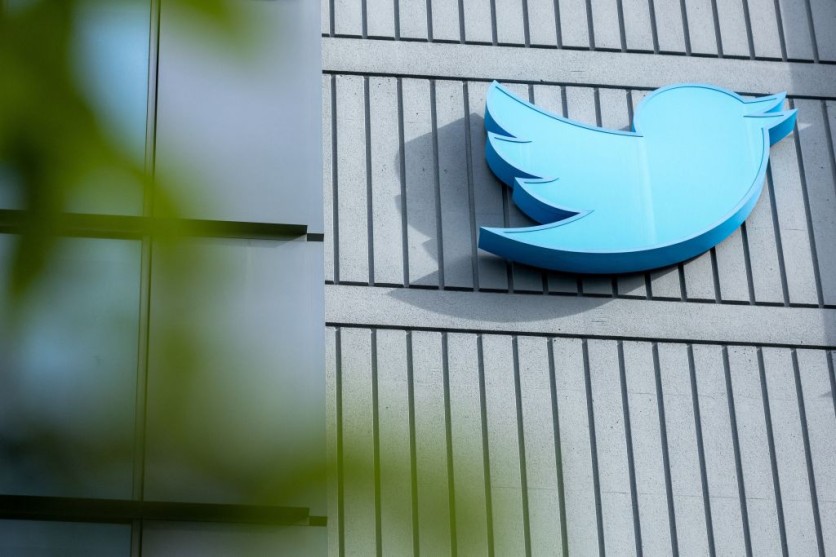Several hackers are exploiting Twitter plans. One reported that the platform has plans to charge users for the verified mark as a lure in phishing emails, according to PCMag. In fact, NBC News and TechCrunch journalists have received phishing emails that pretended to come from Twitter. The email contains a request for them to submit some personal information to keep their verified status on the platform.

What Twitter Has to Say
Twitter hasn't responded yet to the issue-and they haven't released information yet on any changes about the blue checkmark. Still, the phishing email that is circulating around is trying to exploit the news by claiming that some verified users need to pay $19.99 per month after November 2 to keep their verified status.
The email carries a sense of urgency, "You need to give a short confirmation so that you are not affected by this situation. To receive the verification badge for free and permanently, please confirm that you are a well-known person. If you don't provide verification, you will pay $19.99 every month like other users to get the verification badge," the email reads.
A closer look at the message will reveal that it was sent from a Gmail email address, instead of an official Twitter domain.
Also, clicking the button that is labeled "Provide Information" will lead a user to a Google Doc page before sending the user to another Google site, as reported by TechCrunch. Then, the website will ask the user to submit their Twitter account username, password, and phone number, which will give hackers an easy way to break into their account.
According to The Verge, Elon Musk, the new owner of the platform, has given employees until November 7 to launch a feature to charge for the verified blue check via Twitter Blue.
Also Read: Twitter to Introduce Paid Verification on the App, Musk Gives Ultimatum to Employees for this Feature
Beware of Phishing Emails
If you find any emails that are asking for personal information and claiming to come from verified sources like Google, Twitter, or Facebook, disregard the email and report it to the company's support team. Instead, go to the company's website on your own and find the link to request for verification. This is one way for phishing emails to be detected. Also, online users can report suspicious emails or links to Google or other Internet security agencies.
Lastly, there's an easy way to tell fake emails from real ones: read the email address.
The phishing email from Twitter doesn't appear to be a ploy to hack accounts, but most likely, the real intent is to swindle some cash from verified users who receive the emails. The email is obviously trying to create a sense of urgency and tell them that they need to give up verification in order to keep the free badge, so they can keep enjoying their verified status on the platform.
Related Article: New Chief Twit Elon Musk Pulls More than 50 Tesla Employees to Join Twitter
This article is owned by Tech Times
Written by April Fowell
ⓒ 2025 TECHTIMES.com All rights reserved. Do not reproduce without permission.




